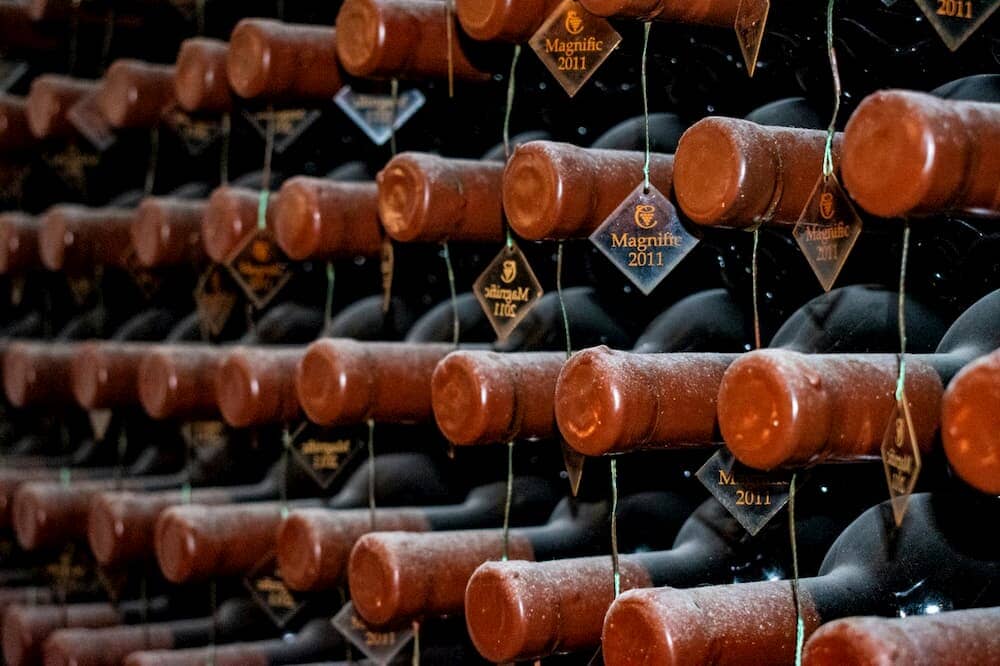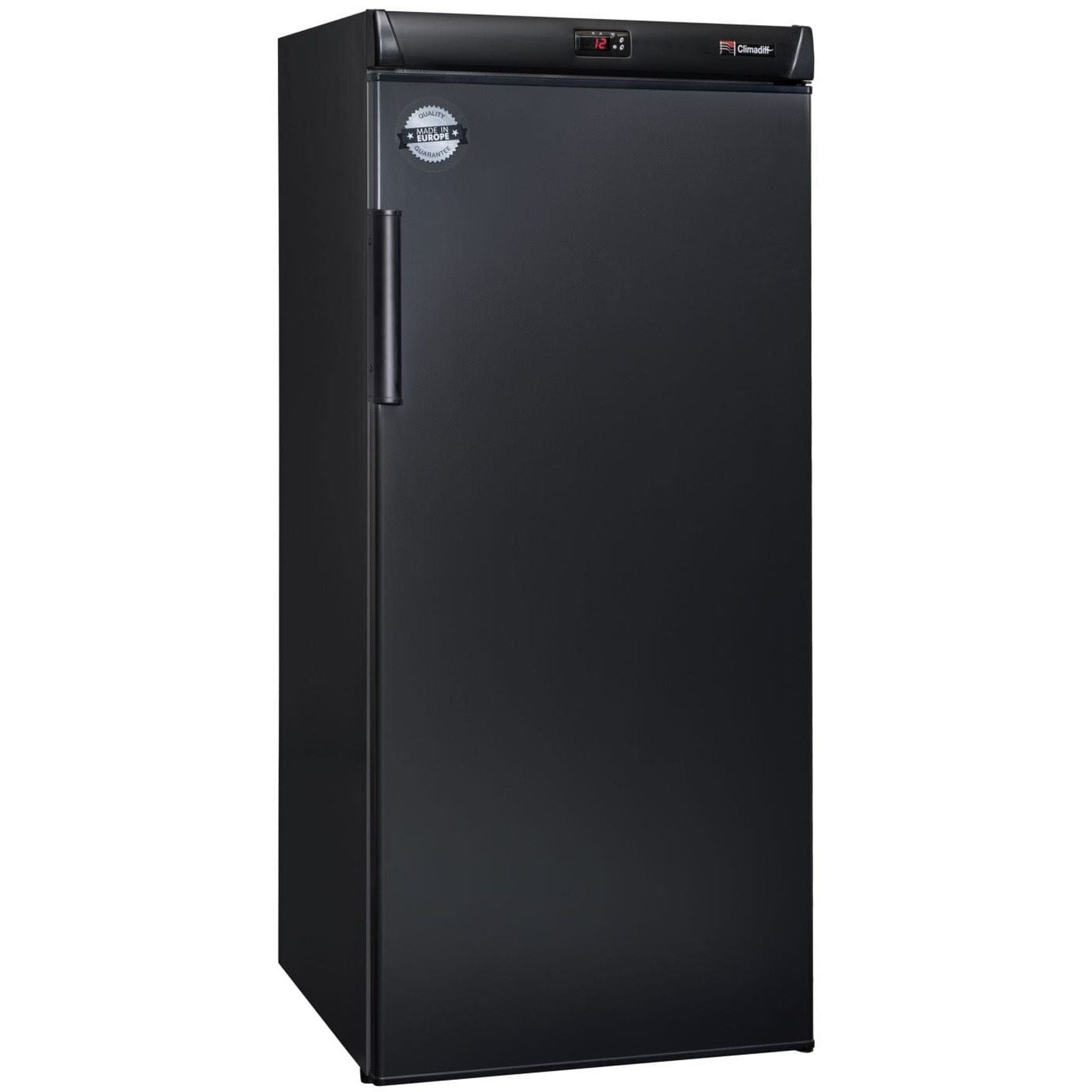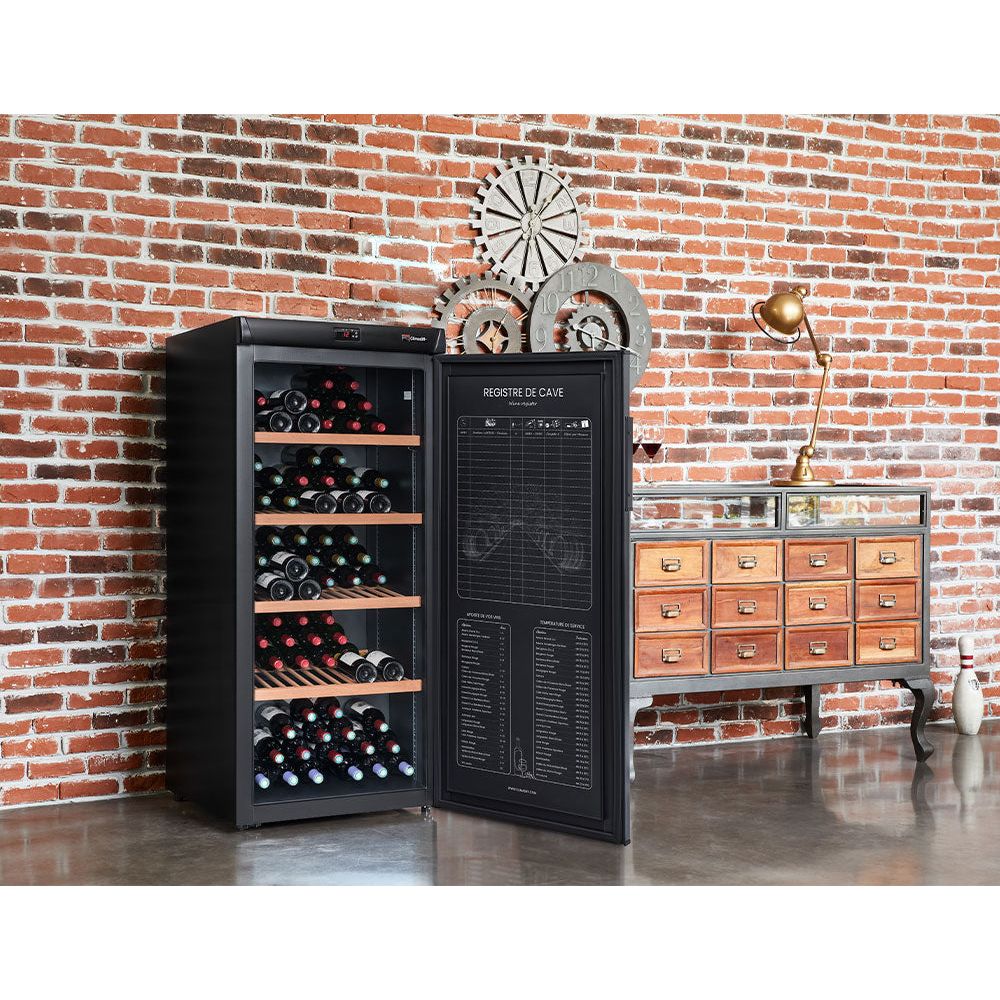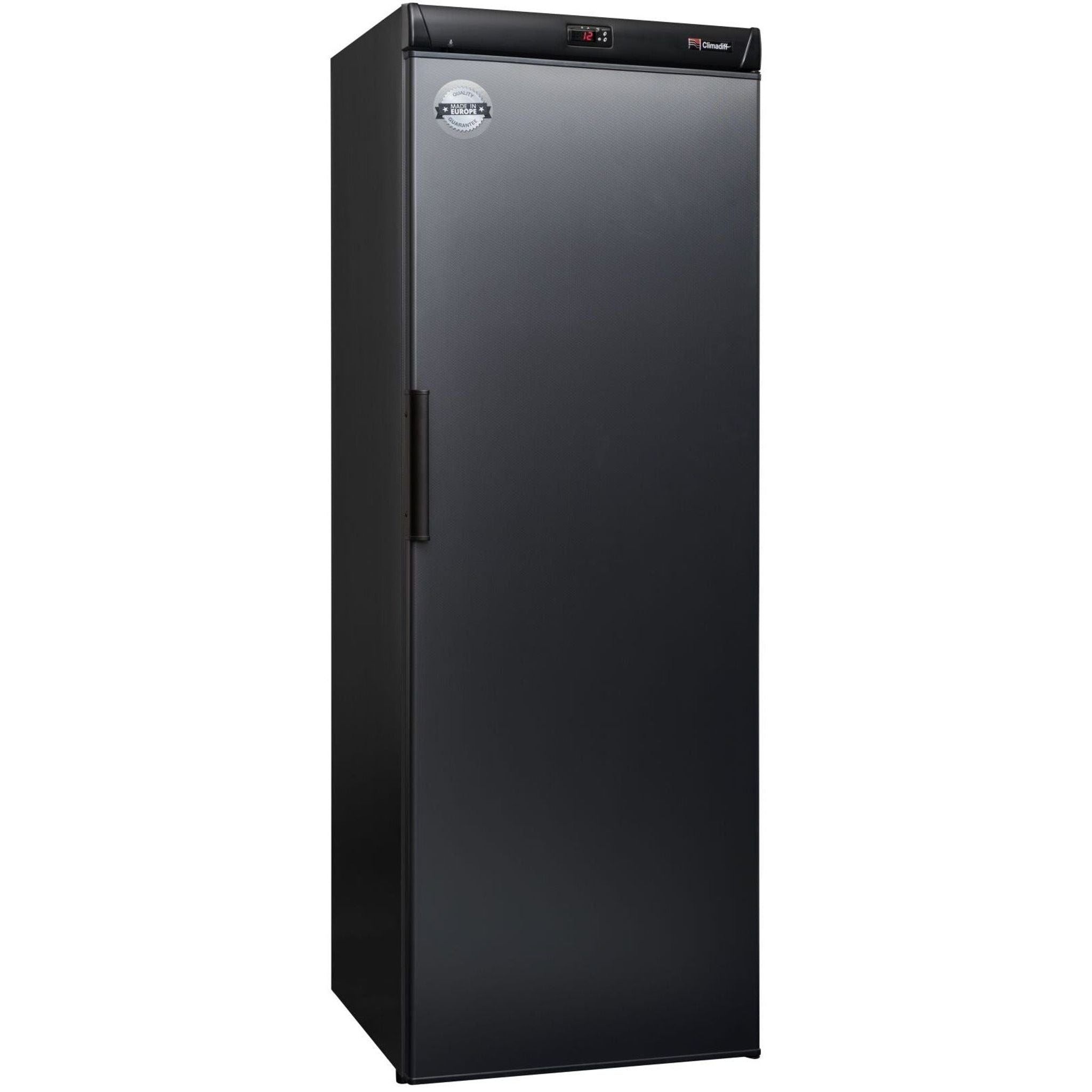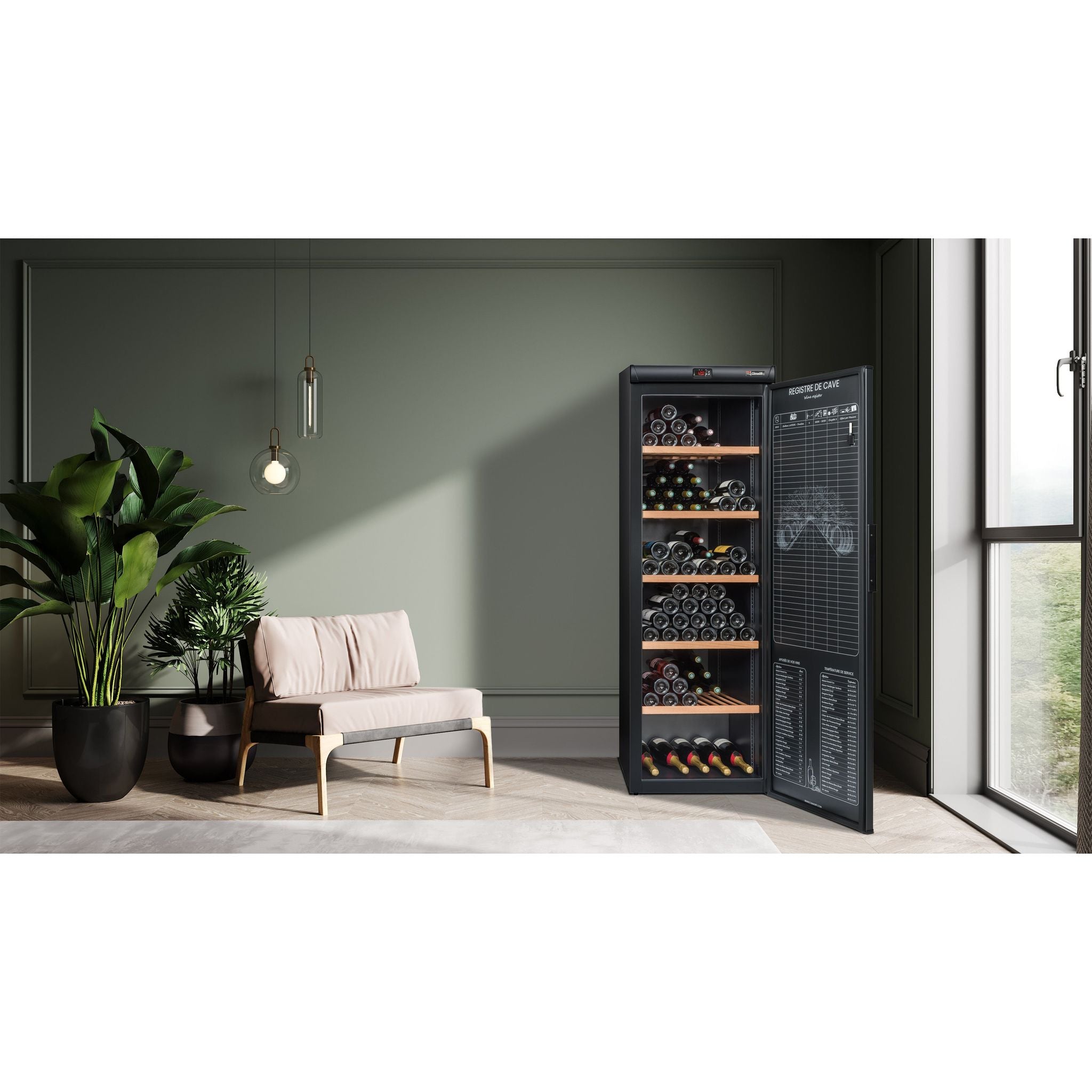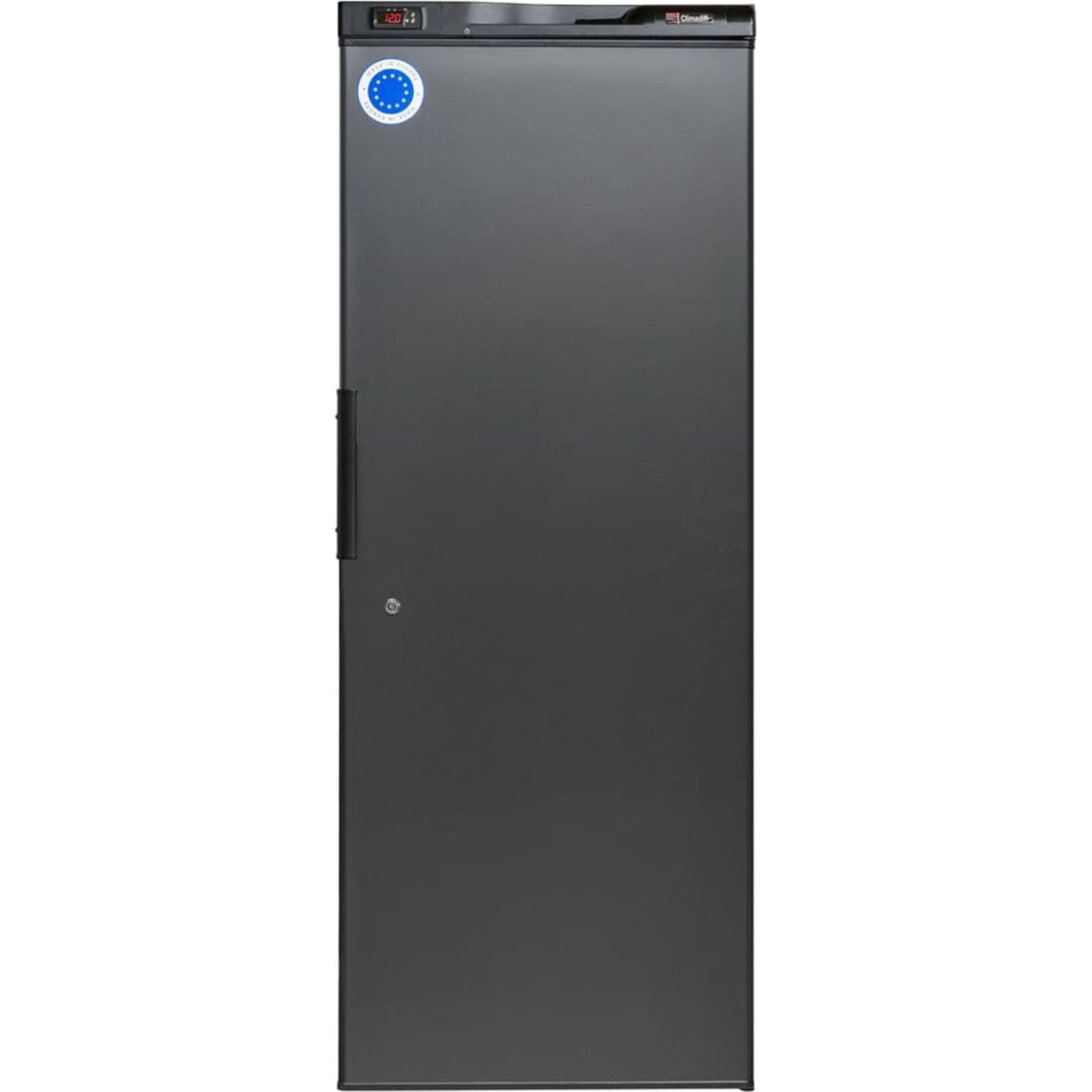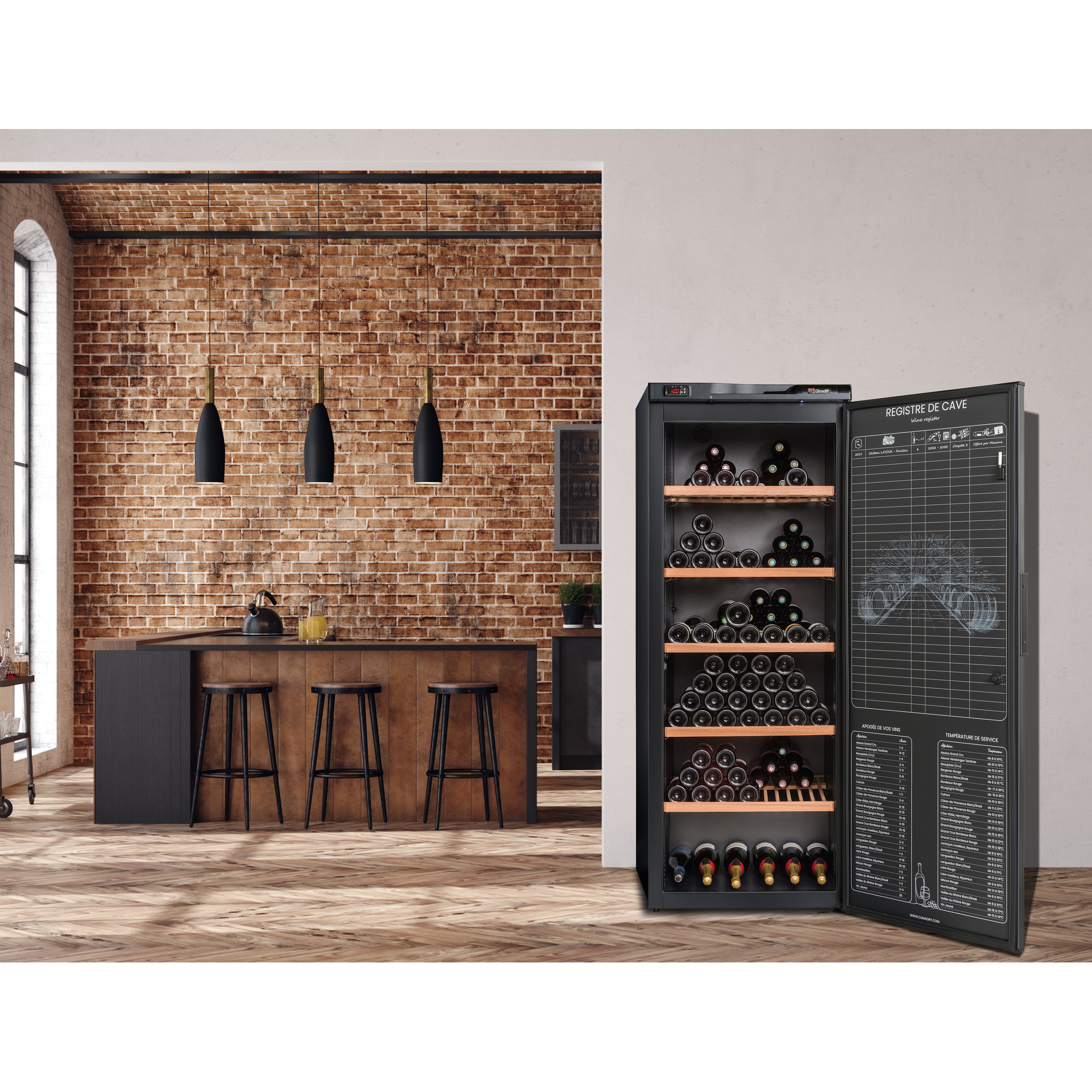To the average palate, wine is just another alcoholic beverage. Yet, to wine lovers, there’s a colour, brand, flavour and age, ideal for every occasion, memory or experience. Some wines are purchased for immediate consumption, yet, others are bought to prolong, to enjoy years down the line.
The ageing process of wine is sought-after. The aim is to elevate the flavour and body of a bottle, allowing for its natural ingredients to enhance and shine through. Yet, if this is done incorrectly, if oxidisation occurs, if high UV exposure is experienced, the flavour, body and colour of a wine can change; for the worst.
Here’s all you need to know about the ageing process, how maturity changes the makeup of your favourite bottle, and how to store your wine optimally to experience its true value.
What’s The Purpose of the Wine Ageing Process?
Freshly fermented and clarified wine will commonly showcase primary flavours. In a large proportion of cases, fresh, fruity undertones will be present. For some wine drinkers, this exact taste is desired, opting for immediate consumption.
However, for those who aim to preserve wine, for those who hope to experience the history of wine, for those who aspire to keep a pricey number, the coveted ageing process will be strived for.
The key purpose of the wine ageing process is to experience the true capabilities of its makeup. There is much more to wine than its primary undertones. Maturity and fruitful storage can elevate the wine’s core ingredients, its complex and multifaceted body, height and taste.
From tobacco leaf aromas in a bottle of Merlot, to earthy undertones in a glass of Pinot Noir, secondary notes carry a greater meaning, advocating the value of wine maturity.
So, if you’re wondering why grand cellars are opted for, why some wine drinkers will set aside their favourite bottle for a future occasion, this is exactly why; to benefit from the true body of vino.
Changes to a Wine’s Flavour
Over time, the original flavour of wine will adapt. If it’s been stored correctly, the development process of ageing will begin, soon repressing primary tones. If wine is unfortunately stored incorrectly, musky and unpleasant tastes can be experienced; something we all want to avoid.
As mentioned above, a wine’s condition at the point of purchase will represent its primary flavours.
Bold and fruity notes are very common through the infancy stage of winery. Yet, as time passes, as the ageing process is enabled, secondary undertones, those which are highly sought-after will exhibit, transforming the wine’s makeup.
The important factor to remember is that every bottle of wine will have differences. Depending on the stage that you consume it at, depending on its active compounds, the flavours of wine will continue to modify.
Yet, do not worry, the same amount of alcohol will remain, along with its intended sweetness, dryness or bitterness, if your storage technique is expert. Remember you can achieve this from home, without a winery or grand cellar.
Changes to a Wine's Body
Similarly, to a wine’s flavour, its body and depth will also change throughout the ageing process. Through the infancy stage, the texture, depth and body of wine will usually be stagnant. However, over time, compounds within the wine, such as tannins will begin to reduce, change and form new, combined compounds.
For example, reduced tannins can end in a rounder, smoother finish to a wine, resulting in an easy to drink bottle.
A wine’s body can influence the consumption experience. To ensure that you’re consuming it at its desired texture, understanding the ageing process for your favourite type of wine will be recommended.
Changes to a Wine's Colour
Preserving a bottle of wine can change its colour. In some cases, this will have little impact on the consumption experience.
However, if there is a clear sign that your favourite bottle has oxidised, that it has reacted to unrecommended UV exposure, colours can become dull and distressed, sometimes ranking the ingredients as non-consumable.
Naturally, reds will start to develop into brown undertones, whites will transfer over to amber shades and rosé wines will begin to dull. This is an organic process, however, will be controlled by its oxidisation rate.
If your wine is stored correctly, reducing the risk of full oxidisation, its natural colour will be upheld over time. However, if unwanted air does enter the bottle, colours can rapidly adapt, also dictating undesired changes to flavour and body.
Which Wines are Known For Optimal Ageing?
There are many myths around wine consumption and storage. Some believe that reds are the only wine which can withstand the benefits of ageing. Yet, if stored correctly, all types, colours and ingredients can gain from maturity.
When considering average priced wines, they are usually bought for immediate consumption. Yet, if secondary notes are promoted, a wine can continue to develop over a 3 to 5-year timeframe.
On the other end of the spectrum, pricier bottles are commonly produced and preserved for a longer lifespan, providing reliability. While in other cases, some bottles are produced for only long-term consumption, usually those with bold tannins, known to suppress and improve with age.
Before purchasing a bottle and setting your intentions, it is important to understand the capabilities of your chosen wine. For lighter notes, commonly found in rosé or whites, preservation is normally shorter. For sparkling wines, maturity can be experienced, yet storage is very important to preserve its fizz.
Storing Wine For Optimal Ageing
From the above, it’s evident to see how time can transform the flavour, body and colour of wine. In some cases, this will be desired. Yet, in others, this will unfortunately be uncontrolled, causing rapid maturity and non-consumable vino.
The latter is usually down to incorrect or ineffective storage. How you store your wine is very important, especially if you are aiming to preserve and elevate its true value. Here are a few pointers to follow, helping you experience the positive side of wine maturity:
- Always store your wine at 12°C, no matter its colour or body. Although this may be new news to some wine drinkers, all wines should be stored together to preserve its organic balance of ingredients. By dropping or increasing temperatures, you’re at risk of either oxidisation or rapid ageing, making the wine non-perishable. Once you’re ready to consume your wine, it’s now time to place it at its optimal serving temperature.
- Aim for a dark and unexposed area to store your wine such as a wine cabinet. Any degree of UV light exposure can progress the uncontrolled ageing process, soon identified through a wines colour, smell and flavour.
- Your surrounding humidity levels can again interrupt the fashioned ageing process by increasing oxidisation or mould risks. Storing your wine in between 55-80% humidity will control the organic development phases.
- Avoid unnecessary vibrations while storing your wine. By placing it in a space with heavy footfall, you’ll likely experience splits through your wine, changing its organic compounds, makeup and body.
- Lingering or unpleasant smells can interfere with the ageing process, causing irreversible damages. To ensure that your wine can be consumed for the long-term, while experiencing the benefits of maturity, storing your wine away from general home activity, cooking and heavy footfall areas will be recommended.
- A wine fridge can be a great way to store your wine. If you choose a wine fridge, opt for a fridge with a charcoal filter to eliminate aromas. Whether you choose a freestanding, built-in, or fully integrated model, your wine is sure to age much better in a wine cooler.
Through the above tips, you’ll likely experience the value of wine and its ageing process, helping you easily preserve your favourite bottles from home. Here you’ll benefit from upholding its intended flavour, body and colour, encountering desirable, secondary tones.
How to Tell Between Fruitful and Fruitless Ageing Processes
Unfortunately, in some cases, wine can go off, it can oxidise, it can be classed as non-consumable. To tell between a fruitful or fruitless ageing process, it is recommended that you follow the below techniques to judge your wines lifespan and capability.
If you’ve stored your wine correctly, by following the above tips, you’ll likely have a well-kept bottle of wine. However, you can test it by:
- Bringing your wine to its optimal serving temperature. Remember this will differ for all types of wine.
- Once you’re ready to consume, it’s time to pour, set and smell your wine, as you would through a tasting session. Changes in colour or texture can sometimes pinpoint whether a wine has aged effectively.
- Commonly, the smell of wine can distinguish whether it’s fit for consumption. However, to be sure, tasting your wine will showcase whether its intended primary flavours and body has remained for the long-term.
Wine is commonly chosen through personal preference. There are many different types of wine available, down to their colour, branding, ingredients and ageing capabilities.
Before investing into a pricey number, it’s important to grasp how the ageing process can affect your wine’s true value, and your ability to consume it.
It’s also recommended to appreciate the part that storage has to play when considering the lifespan of your wine.
By storing it optimally, which we’ve shared above, you’ll have a greater chance of tasting its true capacity in the future.
To store your wine as efficiently as possible, we suggest you look into purchasing a storage unit from us here at Elite Wine Refrigeration.
Both Climadiff and Artevino offer long term storage cabinets, ideal for those with both big and small wine bottle collections. We stock Climadiff and Artevino across our site, providing expert storage for our customers.
With both brands becoming increasingly popular, it’s clear to see why more and more people are reaping the benefits that comes with the products within each collection.
If you’d like to find out more about Climadiff or Artevino, a member of our friendly team will be able to provide you with more information.
For more information on high-quality wine storage solutions here at Elite Wine Refrigeration, in place to promote the benefits of preserved and aged wines, get in touch today.

